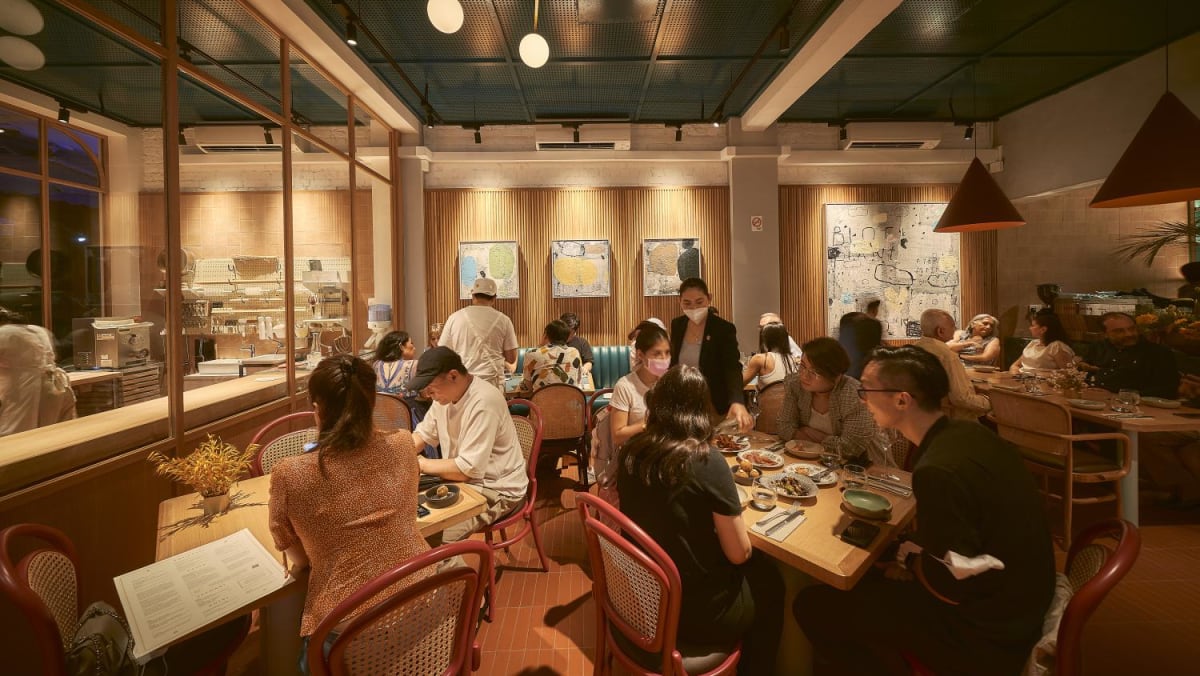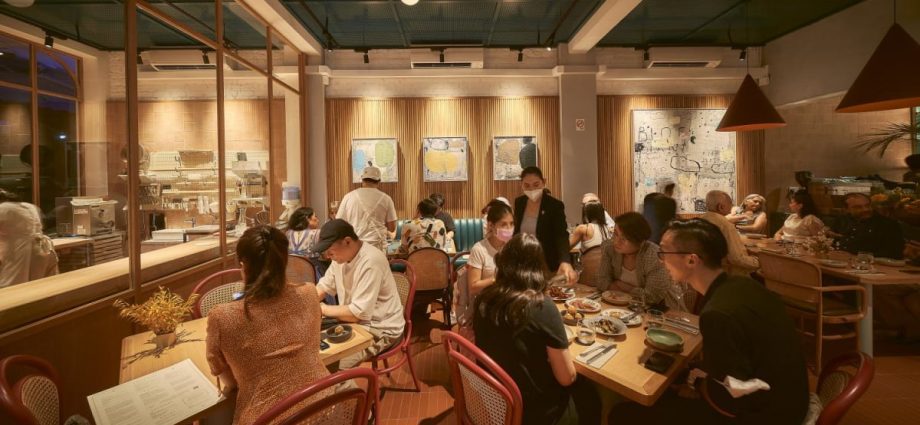
Looking at our platform’s data, we compared the non-completion and cancellation rates for reservations that required a $$10 or $$50 deposit.
Our data indicated that more users did not complete reservations that had S$50 in no-show fees compared to S$10. But surprisingly, the cancellation rate was about the same.
This suggests that psychologically, S$10 was enough to let the customer feel vested enough to honour their reservation.
But it’s not just about how much to charge, but also when to impose such a fee. Restaurants may want to consider no-show fees during peak hours or on certain days of the week when demand is high. For example, the restaurant Grub applies a holding fee every day at its busier Junction 8 outlet, but only on weekends at its Stevens Road outlet.
Another way to do it is for customers to prepurchase their meal as part of their reservation. After all, we are used to paying for airline tickets, hotels or movie seats. Restaurants could offer incentives for customers to prepay for their meals, such as bundling discounts or meal vouchers.
Instead of penalising customers for not showing up, they are incentivised to turn up by paying less for a meal they were intending to eat anyway.
A restaurant in Chicago called Next took a unique approach of selling tickets for specific dates and times – just like we would for a movie or concert – since 2011, which the owner has since spun off into a commercially offered system to restaurants.
Some UK restaurants have also resorted to blacklisting customers who repeatedly do not show up.

